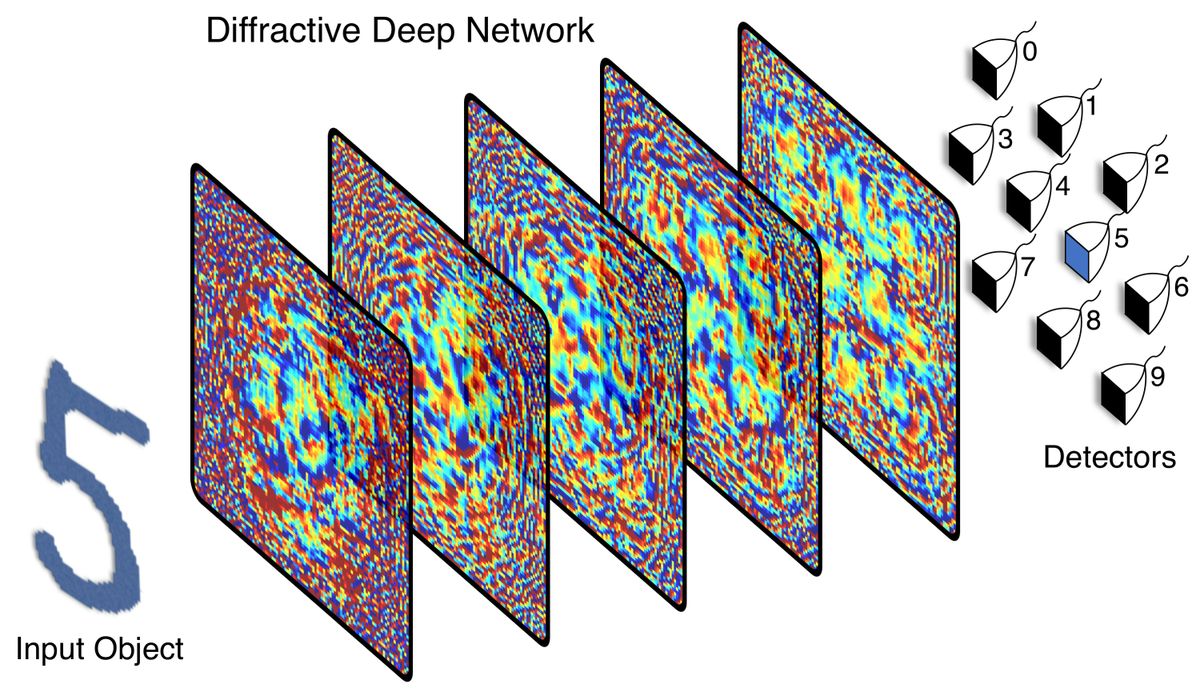Optical Computing
Introduction
Moore’s electronic calculations are continuing to slow, and the size of electronic transistors is approaching the physical limit. Optical computing offers low power consumption, light processing speed and high throughput capability, making it an important support for high performance computing. For example, metamaterials can perform computational tasks on signals or images in an analog fashion, but use materials that only require wavelength thickness. Meta-structures have the potential to bring new changes to the field of optical analog computing in space: from free space and large systems to conceptually wavelength-sized elements, which provides a way to develop chip-based analog optical computers and computing components. The all-optical deep learning framework can perform the specific tasks of its training at the speed of light, using only optical diffraction and passive optical components or layers that do not require power, creating an efficient, fast machine implementation learning task.
Highlights
Metamaterial analog computing
Performing mathematical operations (such as spatial differentiation, integration, or convolution) on the profile of an impinging wave
Possibility of miniaturized, potentially integrable, wave-based computing systems

On-chip optical logic circuits

All-optical mechine learning framework
Diffractive deep neural network
Incorporating the optical nonlinearity
Application for the light-speed classification and salient object detection